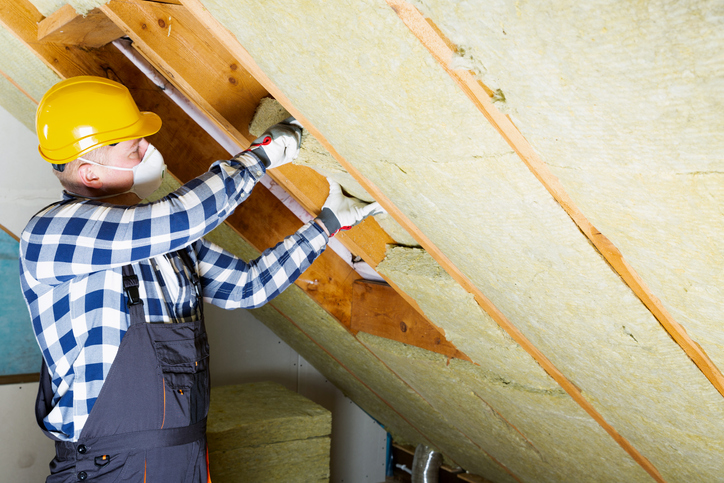Top 5 Insulation Installation Tips

Insulating a new home or adding insulation to a building that already exists can have a big impact on the comfort and energy efficiency of the house. However, it is important to install the insulation correctly.
Here are 5 tips to ensure that you install insulation effectively without compromising the effectiveness.
Thermal bridging
vapour barriers;
Roof ventilation
Gaps
Physical handling of different types of insulation.
1. Thermal bridging
A building frame, especially in cold climates can act as a heat bridge. It conducts heat, allowing it bypass insulation that would otherwise be effective. The high conductivity of metal framing makes it a problem. Frames can make up as much as 15% of a wall, ceiling, or floor. This reduces insulation values. Install isolating strip such as Thermatape ™ to help reduce the effects of thermal bridging between the metal frame cladding. The material R-value must be at least R0.20.
2. Vapour barriers
Vapour barriers can be used to protect buildings against condensation.
In humid climates (tropical highs);
In cool climates, where the difference in indoor and outdoor temperatures is large;
In roof spaces that have a low rate of ventilation (e.g. Cathedral or raked ceilings;
In situations where there is a large amount of vapor generated but not exhausted.|
On the underside, metal roofs to minimize the chances of corrosion and condensation.
Install the vapour barrier on the warm side.
In cold climates (directly over the ceiling lining, and next to the wall lining), the insulation should be placed on the inside. In warm climates it should be on the exterior.
Before installing insulation, it is essential to check the specifications of the cladding manufacturers. These specifications will include the desired characteristics for the wall wrap.
3. Roof ventilation
Ventilate your roof whenever possible to let heat build-up dissipate. Even in cooler climates a small amount of ventilation will allow moisture to escape. Air gaps between tiles or along the ridgeline are often sufficient to ventilate. You can also use eaves or gable vents.
In humid climates, metal roofs with ventilated roof spaces can cause excessive condensation in the roof space. Installing reflective membranes, similar to those used under roof tiles or foil-backed building sheets such as Permastop (r) Building Blanket, Permastop (r) Tropic Building Blanket, or closing vents at nights can prevent condensation from dripping onto the ceiling.
Roof spaces should be weatherproof and vermin-proof.
4.Gaps
Avoid leaving gaps in between pieces of insulation. Even a small space can reduce the insulation value. Do not leave any gaps around pipes and ducts. Tape over holes and joints in reflective insulation. Be sure to seal the edges of concertina and multi-cell foils. Also, ensure that walls, ceilings, and corners are adequately insulated.
To ensure safety, there must be a minimum distance between hot objects such as recessed downlights, flues of fires and their transformers.
In order to reduce heat loss, wall insulation should be incorporated into the frames of doors and windows. Metal frames around glass should be thermally broken in cold climates to reduce heat loss.
Insulate the walls of your house between uninsulated areas such as garages, storerooms, and other spaces.
5. Insulation types: Physical handling
Bulk insulation is available:
Compressing bulk insulation will reduce its effectiveness. Make sure there is enough space to allow the insulation its nominal thickness.
Moisture can reduce the performance of bulk insulation (water-resistant types are an exception). Vapour barriers are recommended where condensation is possible.
Keep bulk insulation away from the outer skin of walls.
You should be aware of the following potential problems: overheating electrical cables, dampness in the insulation (if it is absorbent), and moisture transfer through the cavity via capillary action.
Reflective insulation is available in:
Keep a minimum of 20mm of air space between the reflective surface and the shiny surface. The insulating qualities are diminished if this isn’t done.
The performance of insulation is greatly reduced when dust settles on its reflective surface. Reflective surfaces can be angled downwards or kept vertical.
Electrically conductive, reflective foil insulation is not to be used on ceilings or ceiling joists nor should it be placed under floors. All such insulation should be secured using non-conductive staples.
insulation installers in wellington is crucial. By following these five easy tips, you can enjoy increased comfort and energy efficiency.




Leave a Reply